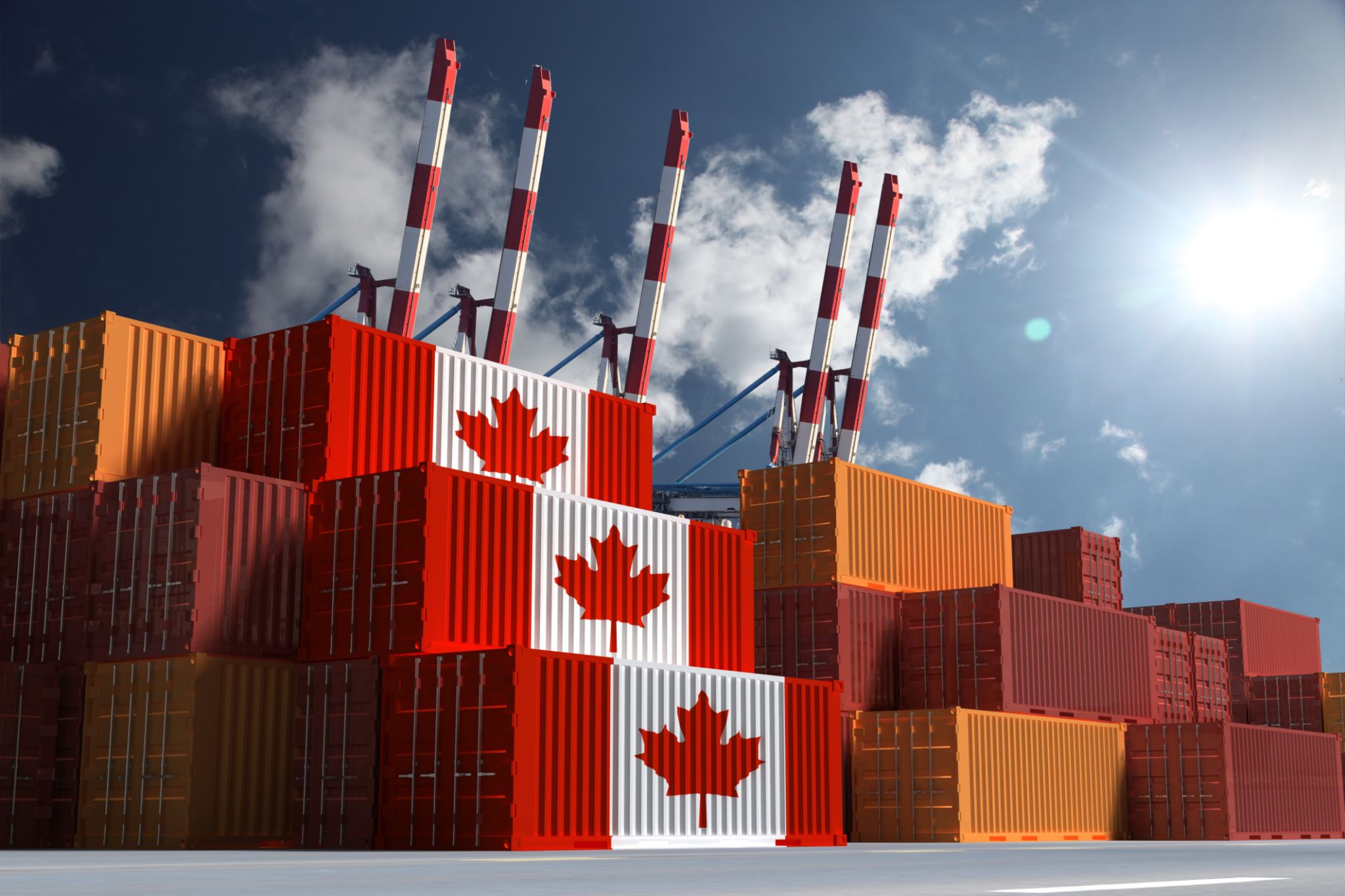How Custom Clearance Works in India: Essential Steps and Tips
Understanding the Basics of Custom Clearance in India
Custom clearance is a critical component of international trade, ensuring that goods entering or exiting a country comply with all local laws and regulations. In India, this process is managed by the Central Board of Indirect Taxes and Customs (CBIC). To successfully navigate custom clearance, businesses must understand the essential steps involved and be aware of potential challenges.

Key Steps in the Custom Clearance Process
The custom clearance process in India involves several key steps. Each step must be completed accurately to avoid delays or penalties. Here’s a breakdown of the essential stages:
- Documentation Preparation: Before goods can be cleared, importers or exporters must prepare necessary documents such as the Bill of Entry, Shipping Bill, Commercial Invoice, Packing List, and Import License.
- Customs Assessment: Once documents are submitted, customs authorities assess the goods to determine applicable duties and taxes. This involves verifying document accuracy and compliance with regulations.
- Duty Payment: After assessment, applicable duties and taxes must be paid. Payment can be made online or through designated banks.
- Inspection and Examination: Customs officials may inspect goods to ensure they match the declared documentation. Random checks are common to prevent illegal activities.
- Customs Release: Once all steps are completed and compliance is confirmed, goods are released for delivery to their final destination.

Tips for Smooth Custom Clearance
To ensure a smooth custom clearance process, businesses should adhere to best practices and remain proactive throughout the procedure. Here are some tips to consider:
- Accurate Documentation: Ensure all documents are accurate and complete. Errors or omissions can lead to delays or additional scrutiny.
- Understand Regulations: Stay informed about changes in customs regulations and duty structures that may affect your shipments.
- Engage a Custom Broker: Consider hiring a licensed custom broker who can navigate complex regulations and facilitate efficient clearance.
- Plan Ahead: Account for potential delays by allowing extra time for clearance, especially during peak seasons or holidays.

Challenges and Common Pitfalls
While custom clearance is generally straightforward, several challenges can arise. Common pitfalls include incorrect documentation, misclassification of goods, and non-compliance with import-export regulations. Businesses must also be wary of fluctuating duty rates and potential trade policy changes.
To mitigate these risks, it is essential to maintain clear communication with all parties involved, including suppliers, logistics providers, and customs officials. Regular training for staff on compliance procedures can also help prevent errors.
The Role of Technology in Custom Clearance
Technology plays an increasingly important role in streamlining custom clearance processes. The Indian government has implemented various digital initiatives, such as the Indian Customs Electronic Data Interchange Gateway (ICEGATE), to facilitate faster processing. Utilizing such platforms can significantly reduce paperwork and expedite clearance times.
By leveraging technology, businesses can improve accuracy, enhance efficiency, and gain real-time insights into their shipments. This can lead to more informed decision-making and a competitive advantage in the global market.
In conclusion, understanding how custom clearance works in India is crucial for businesses engaged in international trade. By following the essential steps, adopting best practices, and leveraging technology, companies can ensure a seamless process that supports their overall business objectives.
